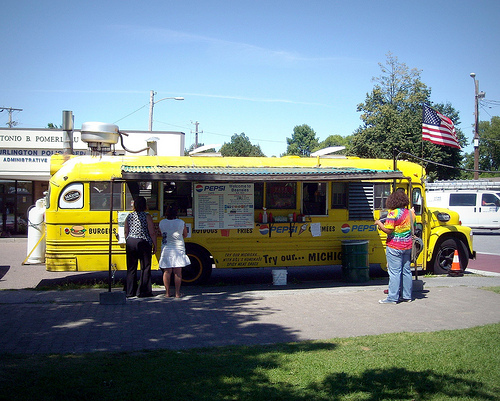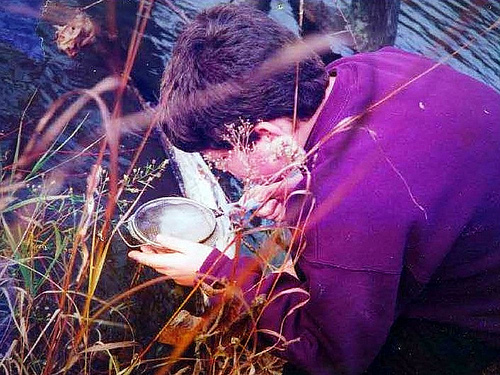 |
 |
|
 |
||
 |
||
|
"Students see homelessness and poverty in the streets around them…they hear so many languages spoken, they are aware of community violence, drugs, war and the threat of war. That schools don’t explore such issues deeply, for the most part even ignoring them, reinforces for students that the schools are about something other than the realities of the world." - Vito Perrone, 1991 |
||
|
Big Questions: Real Places
The many perplexing and wondrous questions that propel our world present a stark contrast to the dry, stagnant, isolated learning that happens in many schools. Words like “authentic” and “real-world” abound but the real power of these words remains largely untapped in the educational landscape. When teachers truly explore BIG QUESTIONS IN REAL PLACES amazing things happen. Not big questions devoid of real places-and not activities linked to local places without real purpose. Both. Questions that have traction with the learner and are deeply embedded in the places we live.
There are different levels of how questions live in the curriculum. They can be part of the climate to foster inquisitiveness and engagement. What does this mean to you? Have you been to a place like this? Did you play here when you were younger? What do you already know about this? They can come from subjects and capture the HEART of a discipline What is interdependence? What is conflict? Can you express this better through poetry or art? How do birds survive? They can emerge from the places we live. Teachers can open up to questions discovered in neighborhoods, forests, cityscapes and among people working together. Why is the weather so intense? Does everyone in our community participate in decisions? Who lives here? How has this community changed over time? They come from what students seek answers to in order to make their world a better place. What is the best way to heat our school? What is healthy food? Why aren't people nicer to each other? What should my "ecological footprint" be?
When students answer questions, the learning has more traction. And when the questions are embedded in local places then the asking and answering of these questions reframes how we view school.
|
||
 |
||
|
|
|
|

 The thinking behind BIG questions is closely related to the curricular practice outlined in
The thinking behind BIG questions is closely related to the curricular practice outlined in